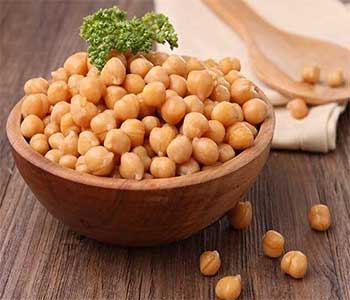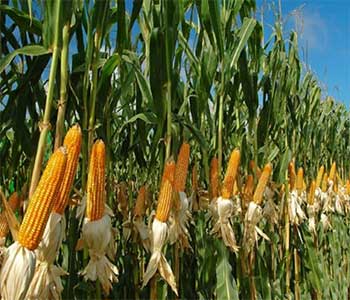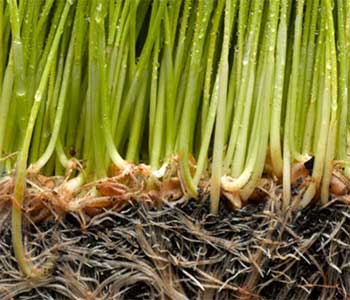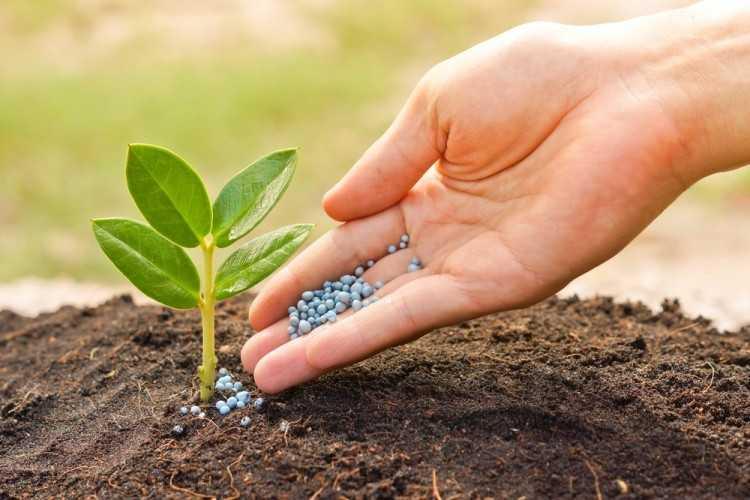Control of powdery mildew and false with the combined use of Glass MG and Blaster
Phytoalexins are compounds that plants usually produce in response to various stresses, living (such as pathogens and insects) or non-living (such as drought and cold, etc.). Some of these compounds are toxic and can increase the plant's autoimmune defense against pathogens by activating specific metabolic cycles in the plant. Phytolexin can inhibit or control the penetration of pathogens and fungi such as Pseudoperonospora cubensis (the cause of false white spot disease) and Sphaerotheca fuliginea (the cause of superficial white spot disease) in cucumbers and similar plants.
Different types of phytolexins are involved in increasing plant defense, such as: flavonoids, sesquiterpenes, furanoterpenoids, polystylenes, dihydrofenanthrenes, etc. The synthesis and accumulation of phytolexins in the plant can be stimulated by some natural compounds (such as: Forti Cole Sana, Forticol Mita, Forticol Citrus) and the phosphide compounds Potassium and Magnesium (Glass Mg).
In this experiment, plants were studied in the greenhouse under controlled conditions to investigate the effect of phytolexin on reducing the effect of these diseases on the plant.





